Do you know that losing your employees is costly?
Of course you do. But do you actually know HOW costly?
Well, let me give you an example of the US: large US businesses lose at least $1 trillion yearly due to voluntary employee turnover (Gallup).
One trillion dollars yearly!
Money is a critical factor here, but money is not everything. And as cliché as it may sound, there is a hard-core truth in this statement.
Your talents are leaving you. They take along all the time and knowledge you’ve invested in them (quite possibly to your business competitor). They leave behind a void which cannot be easily filled.
There is no other way but to start the gruesome, costly and time-consuming recruitment process again.
And so, you do. But at the back of your head, there is this nagging thought – could all this be avoided?
Of course, it could!
You can easily type in the “How to retain employees?” phrase in the Internet search engine to be bombarded with, ‘oh! so brilliant’ tips and ideas.
– Become a destination company
– Invest in and value your people
– Keep employees motivated
– Increase employee engagement
Yes! All of it is true!
Employees who feel more valued and secure in their jobs are less likely to look for new opportunities elsewhere.
Employees who feel valued have higher levels of engagement and are more likely to innovate and contribute to business culture.
Yes! We know the benefits.
But what actually hides behind these great tips? How do we decipher these great ideas, and, more importantly, how do we apply them in non-rhetorical, real-life scenarios to rip the actual benefits?
One of my customers was facing similar challenges. Their talents were leaving, and they could not figure out the reason. Of course, they had an overall idea of what could be done – the “Internet HR knowledge” – but having an idea and bringing it to life are two different things.
They needed help, and it is where UnscriptedHR stepped in.
The Health Check
It is the first step I always take with my clients at the start of the HR journey.
In this case, I did an employee engagement survey to elicit feedback on areas such as:
– communication,
– leadership,
– performance management,
– pay and benefits,
– health and well-being,
– resources.
Analysis, Brainstorming and Feedback
Having gathered responses, I carefully analysed the survey results and followed up with focus groups to investigate any low results. It helped to discover underlying issues.
I strongly believe in the approach “nothing about employees, without employees”- only they know what they want and lack in the workplace. It is why my next step was to survey focus groups on their workplace needs, ideas and solutions, gaining buy-in and accountability from the team.
All the results and information were accordingly communicated back to the leadership so we could start planning and implementing solutions.
Implemented actions
The outcome of the survey resulted in the following actions:
– Establishing employee collective groups across locations and sites – team members volunteer to organise social fun events in and outside of work like dinners, movies, team sports, trivia, dog walks, board games and so on… Sky was the limit.
– Implementing a regular coaching and feedback process – it was important for managers and teams so people could understand their development gaps and agree on training or development they needed to work on over a defined period. But it also became a platform to acknowledge and celebrate successes and achievements.
– Developing a structured career pathways program was necessary for employees to clearly see where they could take their future in the company.
– Conducting stay interviews – the quarterly feedback process where employers determine why their people stay with the company and what can be improved.
– Celebrating success through a reward recognition program – for example, team members can nominate their peers and celebrate via communication channels such as interval slack, monthly town hall meetings, weekly team meetings, to name a few. Anything to make them feel valued.
– Introducing volunteer days – the company that cares about its people’s values gets to enjoy the most loyal employees, so we have introduced time off for favourite charity, days off for birthdays, wellness and family days.
– Introducing an employee wellness program as well as incorporating an employee assistance program.
But that’s not all. On top of all the above, I looked closely at the onboarding and exit processes.
– Review of the onboarding process – it resulted in a seamless and engaging process from the moment someone is offered a role. Some actions I’ve introduced included: online acceptance of the position, a contract via HappyHR, a welcome pack (the fun merchandise!), a buddy assigned, a checklist for the new team member to work through their 6-week induction, regular check-in points, 3- and 6-months onboarding/induction feedback survey to find out what they loved and what they hated. The critical part (as well as enjoyable) was a fun introduction to the team and welcome via the Slack channel.
– Improving the exit process – including an exit survey in the exit process as a priceless tool to gain feedback about what employees loved, why they are leaving and whether they would return. Also, introducing a fantastic leaving experience full of appreciation and gratitude, including a farewell lunch, gift, etc., simply making employees miss you as much as you will miss them.
In parallel, we introduced result-tracking people metrics over the following two years to see improvements in survey scores, a decrease in staff turnover/attrition, and a reduction in sick leave.
So, what was the outcome of the UnscriptedHR involvement?
Decrease in recruitment time, fees and spending.


